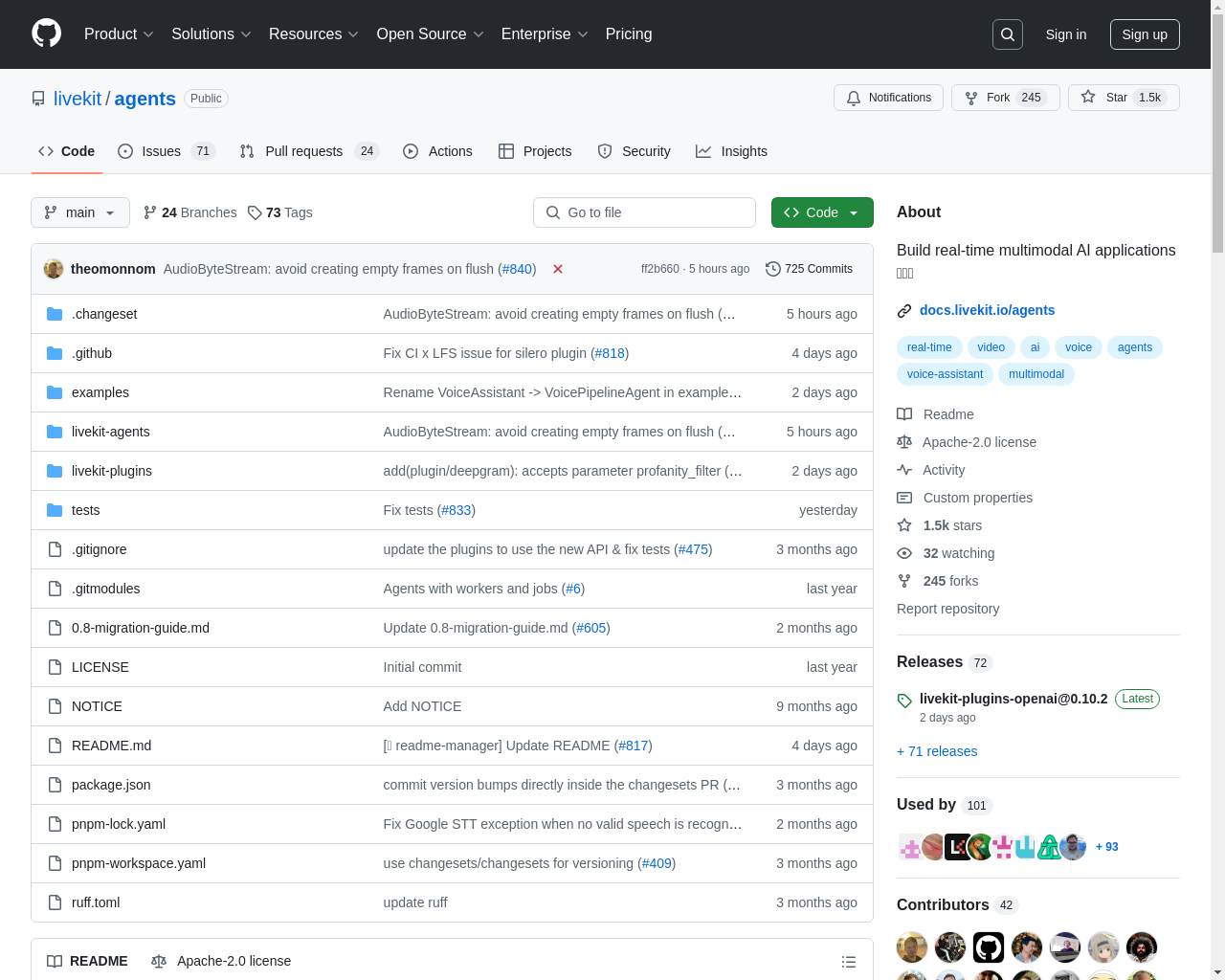

Highlight 1
The seamless integration of voice interaction with OpenAI's cutting-edge technology enables a rich user experience.
Highlight 2
The use of WebRTC ensures low-latency communication, making real-time voice interactions fluid and responsive.
Highlight 3
The system effectively mitigates issues related to packet loss, maintaining audio clarity even in fluctuating network conditions.

Improvement 1
The user interface could be more intuitive with clearer instructions for new users to facilitate ease of use.
Improvement 2
There could be enhanced customization options to allow users to tailor the voice responses and interactions to their preferences.
Improvement 3
Providing robust analytics for users to track interaction metrics and performance could enhance the product's appeal.
Product Functionality
Enhance product functionality by providing additional features such as voice customization options and analytics for user interactions.
UI & UX
Improve UI/UX by streamlining the user interface with clear onboarding guides and intuitive navigation elements.
SEO or Marketing
Focus on improving SEO strategies by implementing targeted keywords and content that showcases the technology's benefits for voice interaction.
MultiLanguage Support
Consider adding support for multiple languages to broaden accessibility and appeal to a global audience.
- 1
What is the purpose of the Realtime API?
The Realtime API facilitates real-time voice interactions by capturing speech, processing it with OpenAI's GPT-4o, and delivering the generated audio back to users.
- 2
How does the Realtime API handle network issues like packet loss?
The Realtime API uses WebRTC to manage audio transmission, which is designed to handle packet loss effectively, reducing latency and improving audio quality.
- 3
Can I customize the voice responses I receive?
Currently, customization options are limited, but there are plans to enhance this feature to allow users greater control over the voice interactions.
